Books
Introducing DC Max Wolfe
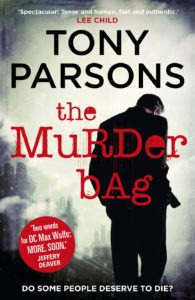 I always liked a man alone. Raymond Chandler’s Philip Marlowe making his way down those pitiless mean streets. Lee Child’s Jack Reacher, wandering around the world without keys or a credit card, let alone a family. And of course Ian Fleming’s James Bond, always up for fresh round of suicidal adventures and sexual encounters. Man and boy, these were the heroes I rooted for, and these were the books I loved. But I always knew that Max Wolfe was going to be a bit different.
I always liked a man alone. Raymond Chandler’s Philip Marlowe making his way down those pitiless mean streets. Lee Child’s Jack Reacher, wandering around the world without keys or a credit card, let alone a family. And of course Ian Fleming’s James Bond, always up for fresh round of suicidal adventures and sexual encounters. Man and boy, these were the heroes I rooted for, and these were the books I loved. But I always knew that Max Wolfe was going to be a bit different.
I had a long time to think about Max Wolfe. When I knew I was going to write a crime series, I cashed in my life savings and wrote the first book – The Murder Bag – without a contract. But before I ever wrote a word of The Murder Bag, I spent a year thinking about what kind of man Max Wolfe would be. I loved those lonesome protagonists like Jack Reacher, Marlowe and 007, but I wanted my guy to have someone waiting for him at home. At the same time, I didn’t want Max to be remotely domesticated – my boy wasn’t going to go to the supermarket with his wife on Saturday mornings. But I knew he had to have some kind of family that he was ready to die for, ready to kill for.
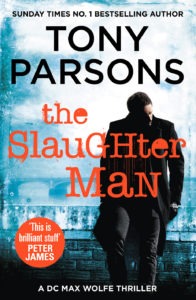 And so Max Wolfe became a single parent with a daughter called Scout, who is five years old when we first meet her in The Murder Bag. Making Max a single father meant he had the kind of family commitments that every reader would understand but it also meant that he was free to fall in love, to flirt, to embark on doomed love affairs. Max is a young single dad, as I was at his age (Max is coming up to 30 in the first book). I felt that too many detectives were embittered whiskey-drinking divorcees sunk in despairing middle age. Yuk. I wanted Max Wolfe to be a single dad who doted on his daughter and who thrived on triple espressos. And who, deep down, was always looking for love.
And so Max Wolfe became a single parent with a daughter called Scout, who is five years old when we first meet her in The Murder Bag. Making Max a single father meant he had the kind of family commitments that every reader would understand but it also meant that he was free to fall in love, to flirt, to embark on doomed love affairs. Max is a young single dad, as I was at his age (Max is coming up to 30 in the first book). I felt that too many detectives were embittered whiskey-drinking divorcees sunk in despairing middle age. Yuk. I wanted Max Wolfe to be a single dad who doted on his daughter and who thrived on triple espressos. And who, deep down, was always looking for love.
The Wolfe family is completed by Stan, a Cavalier King Charles Spaniel, who is not light years away from my own Cavalier King Charles Spaniel called Stan – who sadly will only talk to me through his lawyer these days. The dog humanizes Max, it gives him yet another reason why he has to come home, another reason for living.
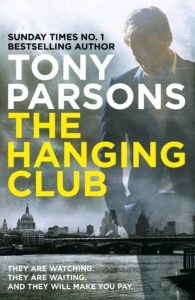 I was once stuck in a lift with James Ellroy and that experience brought home to me how important location is for great crime fiction. Ellroy, like Chandler, has LA as his beat. Lee Child sends Reacher through small town America. And Max Wolfe inhales London, hopefully a London that is unfamiliar to a lot of people, from the meat market at Smithfield where the Wolfe family have their loft, to West End Central on Savile Row where Max works for the murder squad to Room 101 at New Scotland Yard – the legendary Crime Museum of the Metropolitan Police, known as the Black Museum.
I was once stuck in a lift with James Ellroy and that experience brought home to me how important location is for great crime fiction. Ellroy, like Chandler, has LA as his beat. Lee Child sends Reacher through small town America. And Max Wolfe inhales London, hopefully a London that is unfamiliar to a lot of people, from the meat market at Smithfield where the Wolfe family have their loft, to West End Central on Savile Row where Max works for the murder squad to Room 101 at New Scotland Yard – the legendary Crime Museum of the Metropolitan Police, known as the Black Museum.
When I was taking that year to dream Max Wolfe in existence, I was amazed to realize that the Black Museum had never been used in crime fiction. For Max, it is the place where he goes to seek wisdom and guidance from the curator, Sergeant John Caine – “thirty years’ service on his face and not a gram of flab on his body,” I wrote in The Murder Bag.
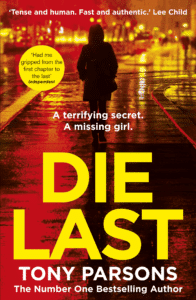 I always saw the curator of the Black Museum as Max Wolfe’s Yoda-figure – the mentor Max could turn to in times of crisis. And funny enough, after the Max Wolfe books started appearing, I got to spend some time in the real Black Museum and became friends with the retired detective who oversees that mythic place. Inevitably, he opened my eyes to the realities of life as a working copper and gave me guidance, just as Max Wolfe gets guidance in Room 101 New Scotland Yard. But long before that happened, and before I had ever been there, the Black Museum was simply a crucial part of the architecture in the world of Max Wolfe.
I always saw the curator of the Black Museum as Max Wolfe’s Yoda-figure – the mentor Max could turn to in times of crisis. And funny enough, after the Max Wolfe books started appearing, I got to spend some time in the real Black Museum and became friends with the retired detective who oversees that mythic place. Inevitably, he opened my eyes to the realities of life as a working copper and gave me guidance, just as Max Wolfe gets guidance in Room 101 New Scotland Yard. But long before that happened, and before I had ever been there, the Black Museum was simply a crucial part of the architecture in the world of Max Wolfe.
For the writer, the final part of any fictional creation is working out your relationship with your protagonist.
I always liked the relationship between Ian Fleming and James Bond. Fleming was not a hero but he understood heroism, and he lived in the shadow of heroes – from the father who died in the trenches of World War One, to the brother who was a genuine war hero in World War Two, to the agents Fleming sent on suicidally dangerous missions when he worked in Naval Intelligence. Fleming is not James Bond, and yet when Bond speaks – of women, alcohol, patriotism – you can hear the author’s voice. It always seemed to me that Fleming got the balance about right with James Bond – 007 is a shadow brother, the fantasy sibling who is a stronger, braver, kinder person than his creator. 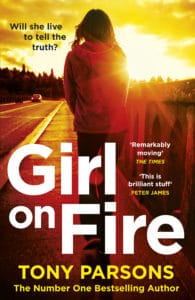 That is like me and Max Wolfe – I understand Max because a lot of his life experience (from his daughter to his dog to his love life) comes from my own experience. But he is a better man than me, far more willing to risk his life for strangers than I would ever be. As the books have gone on, Max has become more scarred by loss – the loss of colleagues, the loss of love, the loss of time. And that is an experience that is common to us all. But he remains essentially unchanged, just as none of us can escape ourselves.
That is like me and Max Wolfe – I understand Max because a lot of his life experience (from his daughter to his dog to his love life) comes from my own experience. But he is a better man than me, far more willing to risk his life for strangers than I would ever be. As the books have gone on, Max has become more scarred by loss – the loss of colleagues, the loss of love, the loss of time. And that is an experience that is common to us all. But he remains essentially unchanged, just as none of us can escape ourselves.
I like Max. I admire him. Max is the brother I never had, and the manly ideal that I aspire to – to a be a strong but a gentle man, to believe in the importance of kindness and decency and good manners, to be as hard as nails and yet as compassionate as an angel. Max Wolfe is a genuinely heroic figure but, above all, a family man. Because true heroes do the school run, and earn a living, and have to walk the dog. That’s Max Wolfe.
And for me that is what makes him real.
1 Comment
Join the discussion
Please note: Moderation is enabled and may delay your comment being posted. There is no need to resubmit your comment. By posting a comment you are agreeing to the website Terms of Use.
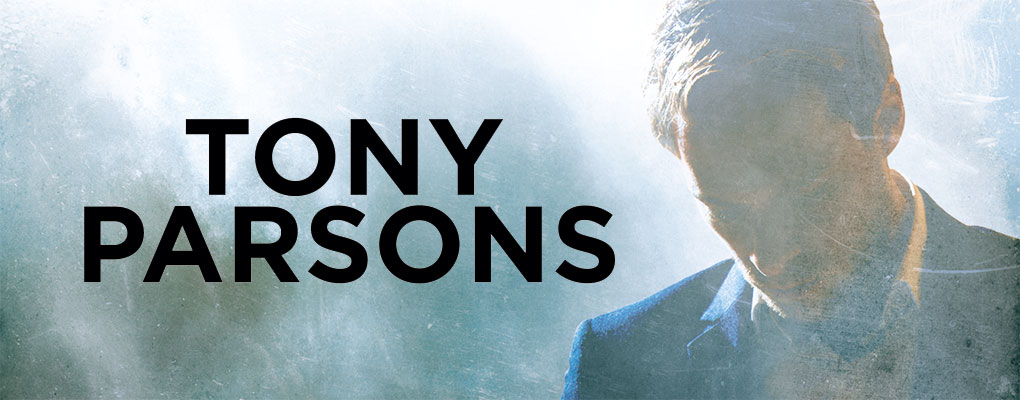

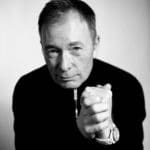
Have read all the Max Wolfe books and love them. Girl on Fire was the last one – and the best, for me.